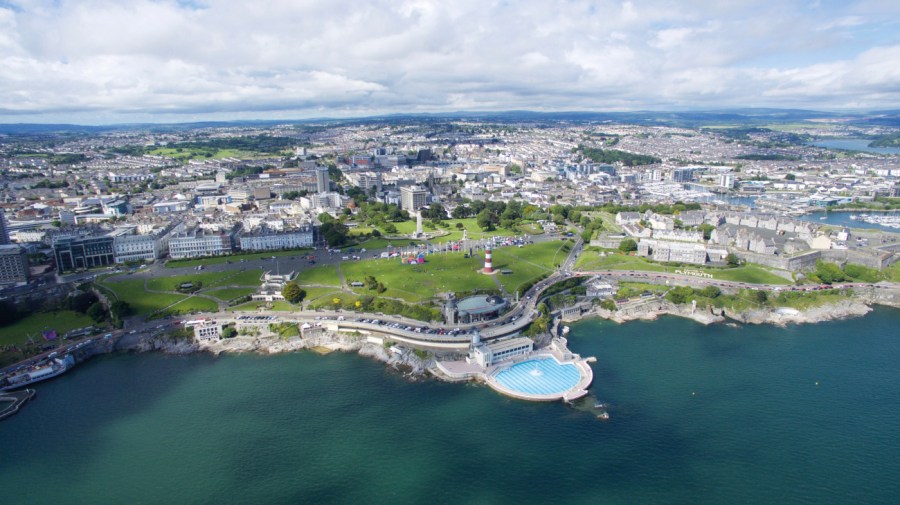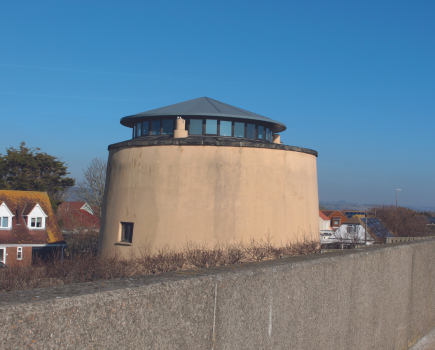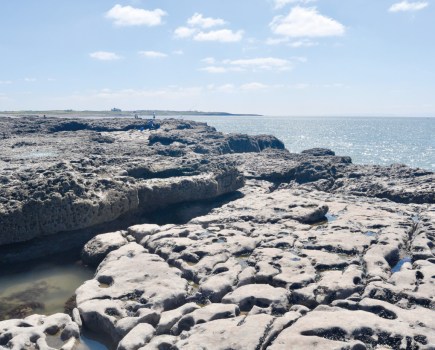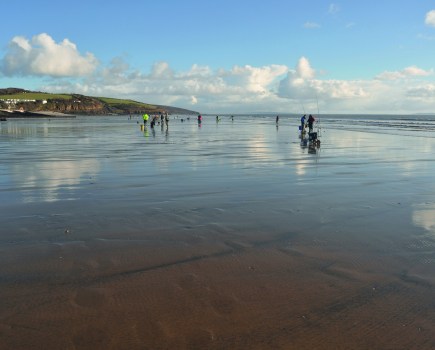Mike Millman shares a lifetime’s experience of fishing his home town, this month from Western & Eastern Kings to king Billy and Mount Wise
WESTERN & EASTERN KINGS
Many big conger were caught from the Devil’s Point, including the UK record fish of 68½lb, so its closure due to subsidence is a loss. However, 100 yards to the east of the closed off area begins a half mile of opportunity from the Western and Eastern Kings rock shoreline where there is easy access and deep water at your feet.
Conger begin to search for food once the light starts to fade and there is not much to choose between a neap flood or ebbing tide in this area. Another option is the concrete surround of the open-air swimming pool.
It does flood out on a big spring tide, but it is a simply a question of moving back with the water. Eastward of the pool is a rugged stretch of shoreline with access points from the walkway above it.
Eastern Kings is hard up to the cross-channel ferry terminal and this mark features very wide concrete platforms making for easy fishing. It is the friendliest conger mark imaginable. Unless it is a particularly cold winter eels are a year-round species.
Cod begin to enter the Tamar from Plymouth Sound in late November, but it is January when fish to 30lb are caught although 10lb to 20lb is more likely. Parking in the area has, of late, become a problem as the council has imposed a three-hour free stay but not during the night hours.
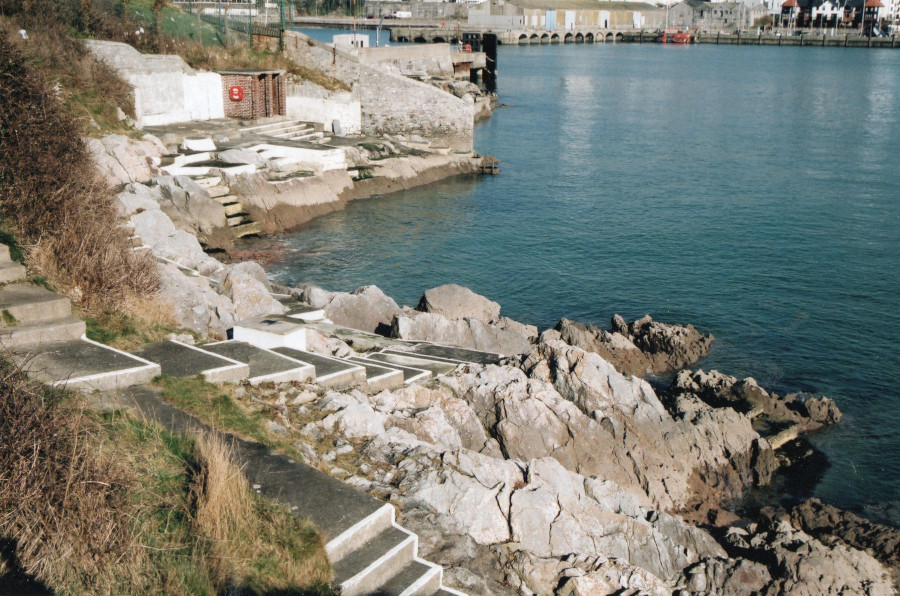
KING BILLY TO MOUNT WISE
The next port of call is Richmond Walk at Stonehouse Bridge where the walkway backs the coast for more than a mile to Mutton Cove. Free parking is usually available in the evening and night hours.
A 100m away are the twin jetties of Mutton Cove Breakwaters where eels of 42lb have been reported plus good cod and whiting in the winter. Both the jetties have wide steps and are not completely covered by water, even at the highest spring tide.
On its right is the entrance to boat moorings but on the western side of this is the King Billy Sea wall; However, securing a big eel here is very difficult. To the east of the jetties is the extensive Mount Wise sea wall but it does not have access to the waterline.
There was a time during summer evenings when mackerel in their thousands chased Brit. These would be driven into a huge ball into which the voracious mackerel would charge. Now, good mullet fishing is all along the wall but it is best at the extreme end, and to bring them within the float area thorough ground baiting is essential.
Flaky fish flesh and bread laced with fish oil is highly effective. Although not plentiful, thornback rays are available from May on with the night hours giving the best result.
My final mark is the public slipway that has limited parking next to Blagdon’s Boatyard, the closest mark to where my tour began at Stonehouse Bridge. It was here in 1977 that a UK record coalfish of 16lb 8.5oz was caught. This was a period when coalies averaging 3-4lb provided top line fishing in the light of a Tilly lamp let down the jetties and harbour walls on a rope.
With the weather warming up it is unlikely the coalfish will return to West Country waters in any number but good pollack fishing is still available. Fishing a baited drop net below the light has a marked affect on the number of prawns you could catch; this is always a deadly bait on a float rig for so many free-swimming species.
As a point of historical interest, on the high ground above the sea wall is the magnificent memorial honouring Plymouth’s Captain Robert Falcon Scott and his companion who perished during their return journey from the South Pole in 1912.

